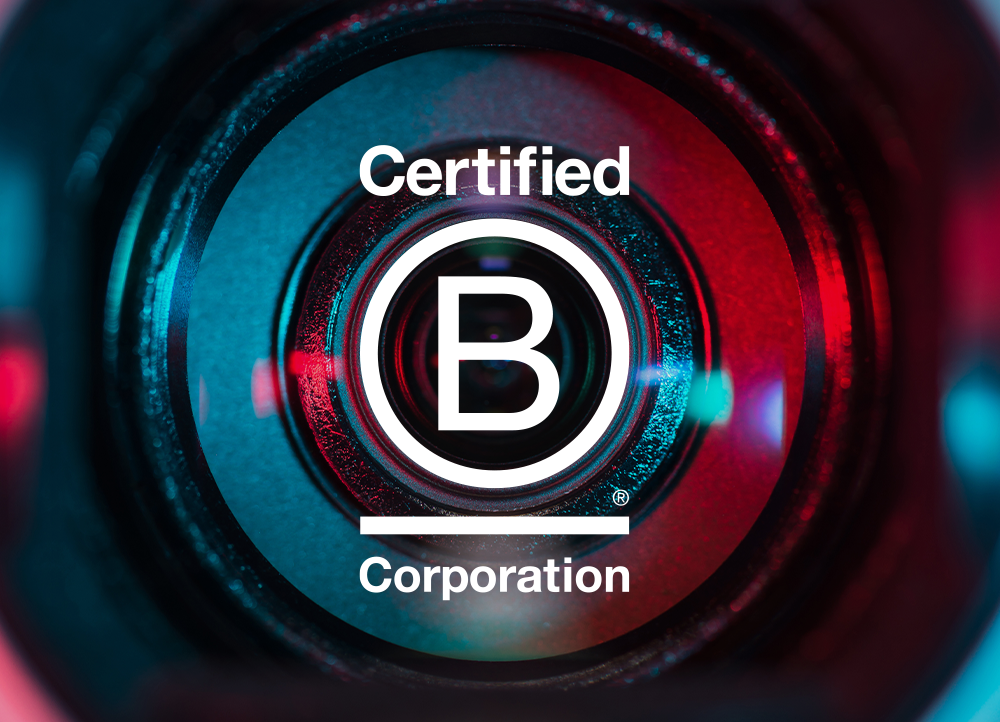A couple of years ago, metaverse mania was at fever pitch. Facebook announced it was changing its name to Meta and Mark Zuckerberg hailed the metaverse as the future of the internet, stating: “you’ll be able to do almost anything you can imagine”. The marketing and tech communities were buzzing over the seemingly limitless possibilities. But two years on, it’s safe to say the excitement has died down.
WHAT’S A METAVERSE?
Before asking ‘what’s happened to the metaverse?’ it’s worth asking another question: ‘what exactly is it?’. The term ‘metaverse’ comes from a 1992 sci-fi novel called ‘Snow Crash’ by Neal Stephenson. Meta’s working definition is that it is “a set of virtual spaces where you can create and explore with other people who aren’t in the same physical space as you.” The metaverse doesn’t necessarily need to be accessed through VR or AR; you could access it through your PC, a games console, or even your phone.
In truth, the metaverse is a somewhat nebulous concept. When Zuckerberg talks about it, it’s easy to assume he’s talking about a single place. However, Meta have stated that “The metaverse isn’t a single product one company can build alone.” Meta, and companies such as Epic (who publish the online videogame Fortnite) see themselves as building one part of a larger interconnected metaverse. Basically, the metaverse is bigger than any one service, except when it’s convenient to call that service a metaverse!
AN IMPOSSIBLE VISION?
Making an ‘interconnected metaverse’ happen is going to be extremely difficult. For example, it would require different companies to co-operate, which could cause all sorts of complications. Also, on a purely practical level, Intel have stated that we currently don’t have the computing, storage, and networking infrastructure to make this interconnected vision a reality. However, the concept of a virtual online world has been around for a while. Probably the first successful example was ‘Second Life’, which rose to prominence back in 2002. It peaked in popularity in 2013 with around 1 million regular users and still has around 200,000 regular users to this day.
BRAVE NEW WORLD
Meta’s own virtual world ‘Meta Horizons’ was greeted with a flurry of hype and media attention but has failed to capture the public’s imagination. Meta have claimed it has 300,000 monthly users, but at any one time, far fewer are actually playing the game. This means that for those who do play, there often aren’t enough users to make it fun. By way of comparison, Fortnite has an average of 239 million monthly players.
The way Meta Horizons looks has also be criticised, with some saying the graphics are reminiscent of the Nintendo Wii, which was released in 2006. A more fundamental problem is the lack of clarity over what it’s for and why you’d want to spend your time there. Meta Horizons’ frosty reception has cost the company dearly: in 2022, they lost $13.7 billion, much to the chagrin of their investors. As a result, Meta spent the first half of 2023 laying off over 10,000 employees.
THE QUEST CONTINUES
Artificial Intelligence has usurped the metaverse as the next big thing and Zuckerberg has shifted his priorities accordingly. In March he declared that Meta’s “single largest investment is AI and we’re building it into every one of our products.” A ‘text-to-image’ service called EMU (Expressive Media Universe) is in the pipeline and chatbot ‘Meta AI’ will be rolled out on WhatsApp, Messenger and Instagram.
However, this September’s ‘Meta Connect’ conference showed the metaverse hasn’t been sidelined entirely. The big news was the arrival of Quest 3, Meta’s mainstream VR headset. It’s primarily a VR gaming console and aims to be affordable, with the headset retailing at £479.99. (Intriguingly, Apple is also working on a headset, the Apple Vision Pro. It aims to be a more powerful general purpose device but is more expensive, with an expected retail price of £5,472.)
Unfortunately, the problem with VR headsets isn’t just the cost, but the headsets themselves; many people experience motion sickness or pain if they wear one for too long. A recent survey found that less than 1% of US teenagers regularly used a VR headset and only 7% planned to purchase one. This lack of enthusiasm was certainly a barrier for Horizon Worlds, as it was only available on Meta’s Quest VR headsets (to help remedy this, Meta is now rolling out Horizon Worlds on desktop and mobile).
BACK FROM THE DEAD?
Zuckerberg realises that if he wants his metaverse dream to survive, he needs to pivot. Initially, he presented it as a completely digital world, but now the emphasis is on how the digital can blend with the physical. During the ‘Meta Connect’ conference, Zuckerberg declared Meta was “focused on building the future of human connection” where people would interact with hologram versions of their friends or colleagues with the assistance of AI bots. In a suggestion that grabbed click-bait headlines, he even suggested the metaverse could one day ‘bring back the dead’ by allowing people to talk to virtual avatars of their deceased loved ones. However, he did concede such a technology could become “unhealthy”.
KEEPING THE FAITH
Cynics have suggested Zuckerberg’s initial motivation for hyping the metaverse was to inflate his company’s share price and distract from Facebook’s privacy controversy. While there may be a grain of truth to this, it’s hard to believe it was all about PR. A more charitable interpretation is simply that the metaverse was a gamble that didn’t pay off (at least for now).
Having invested billions, it’s understandable Meta want to salvage what they can from the project. Despite what the naysayers think, the idea isn’t dead: there’s still an array of virtual world platforms like Roblox, Decentraland and Sandbox, and tech giant Sony have identified the metaverse as its “new growth area.” It’s clear Meta and other companies still believe a virtual future is possible, but it’s very much a work in progress.
Share and tag us @alwaysbecontent








